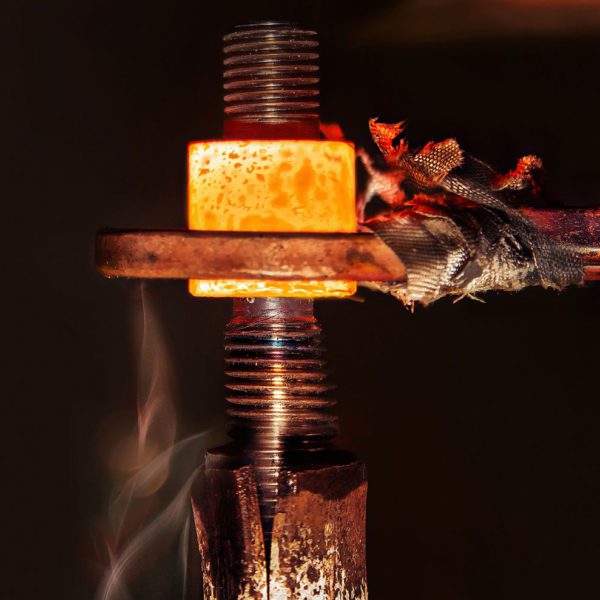Introduction:
Induction heating machines have revolutionized various industrial processes, offering fast and efficient heat generation. However, these machines rely on effective cooling systems to maintain optimal performance and prevent overheating. In this blog post, we’ll delve into why induction heating machines require water cooling, explore the cooling requirements for these machines, and discover the common methods employed to cool induction heaters.
Why Induction Heating Machines Need Water induction Cooling:
Induction heating machines generate substantial amounts of heat during their operation. Water cooling systems are essential to ensure their smooth functioning and prevent damage. Here’s why:
1. Heat Removal:
Induction heating machines utilize high-frequency alternating currents and intense electromagnetic fields to induce heat in the workpiece. Water cooling helps dissipate this heat rapidly and efficiently, safeguarding the machine from overheating.
2. Efficiency and Performance:
Maintaining stable operating temperatures is crucial for the efficiency and performance of induction heating machines. Excessive heat can cause component degradation, reduced efficiency, increased power consumption, and potential damage. Water cooling ensures optimal temperature control, enabling consistent and efficient operation.
How Much Cooling Do I Need for an Induction Heater?
Determining the cooling requirements for an induction heater depends on several factors, including power output, duty cycle, and machine size. It’s crucial to consider the following aspects:
1. Power Output:
Higher power output results in increased heat generation. Generally, the larger the power output, the more substantial the cooling requirements.
2. Duty Cycle:
The duty cycle refers to the duration of operation within a specific period. Continuous or longer operation requires more efficient cooling to prevent heat buildup.
3. Machine Size:
Larger induction heating machines produce more heat and require more robust cooling systems.
Consulting the manufacturer’s guidelines or seeking expert advice is highly recommended to determine the appropriate cooling capacity. This ensures the cooling system is adequately sized for the specific induction heater’s requirements.
What Are People Using to Cool Induction Heaters?

Why induction Cooling Is Important to Induction Heating Machines: The Key to Efficient Heat Dissipation
Several water cooling systems are used to cool down induction heating machines. Here are some common ones:
1. Open-loop Cooling System:
In this system, water is continuously supplied to the induction heating machine, and then the heated water is discharged. This method is simpler and more cost-effective but may not provide precise temperature control.
2. Closed-loop Cooling System:
This system uses a pump to circulate water through the induction heating machine. The heated water is cooled down in a separate heat exchanger before recirculating. Closed-loop systems offer better temperature control and are commonly used in industrial applications.
3. Chiller-based Cooling System:
Chiller units cool the water circulated through the induction heating machine. Chiller-based systems provide precise temperature control and are suitable for applications that require tight temperature regulation.
4. Plate Heat Exchanger:
Plate heat exchangers transfer heat between water flows without direct contact, allowing for efficient cooling. They are compact and provide effective heat transfer, making them popular for water cooling systems in induction heating machines.
The specific type of water cooling system used depends on factors such as the size of the induction heating machine, cooling requirements, and the desired level of temperature control. Manufacturers often provide recommendations and guidelines for selecting the appropriate cooling system for their induction heating machines.
Conclusion:
Water cooling is indispensable for operating induction heating machines efficiently and safely. By removing heat, maintaining optimal temperatures, and safeguarding machine components, water cooling ensures the longevity and performance of these machines. Understanding the cooling requirements, consulting experts, and implementing suitable cooling systems are vital to maximizing the benefits of induction heating technology.
Remember, proper cooling not only enhances the performance of induction heating machines but also ensures a safer working environment and extends the lifespan of the equipment. So, prioritize water cooling when working with induction heating machines.
If you’re looking for efficient and reliable heat dissipation, water cooling systems are the go-to choice for your induction heating machine.




